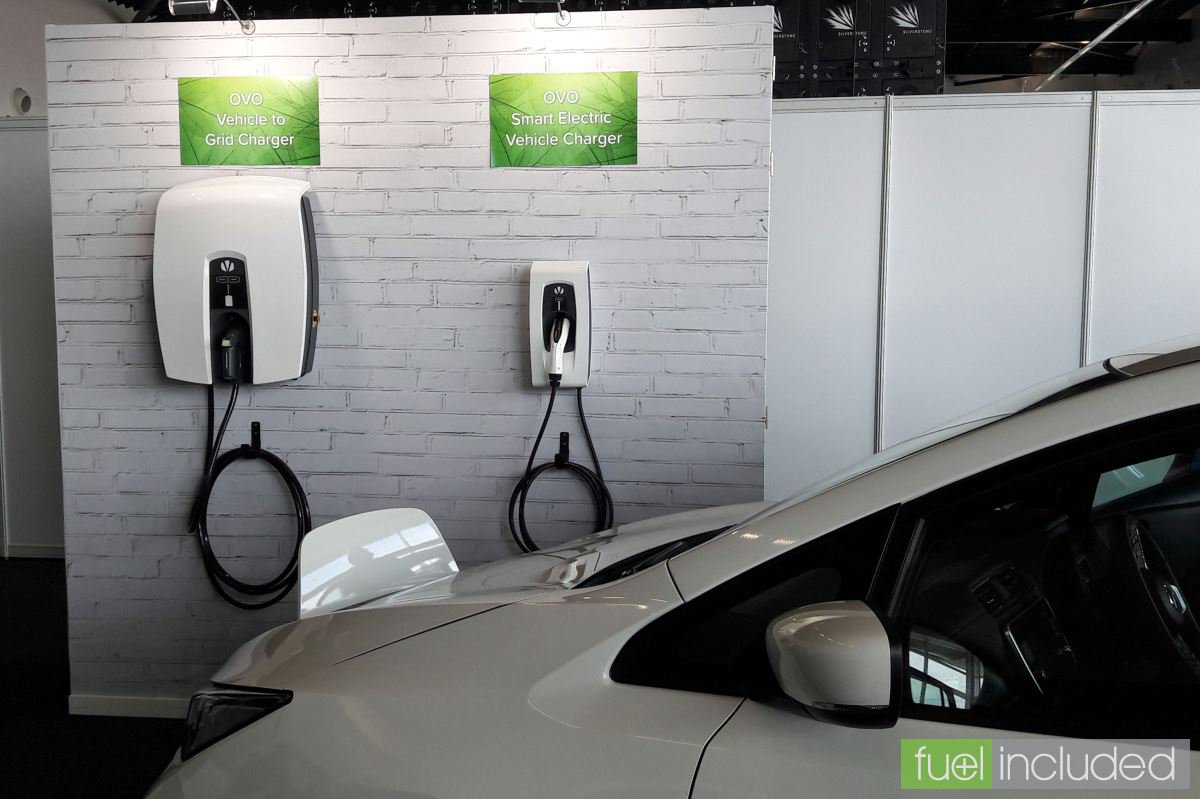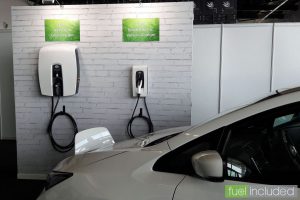Some ideas are just too clever to die. Like Vehicle-to-Grid (V2G) — the notion that your electric car can act as a home battery. Park it at home, plug it in, and when the sun goes down or prices spike, your car sells energy back to the grid. It’s green, it’s clever, and it feels like you’re gaming the system.
Home batteries are expensive. EVs are becoming standard. So the idea of getting a ‘free’ home battery with your car is irresistible – if you don’t look too closely. Especially if you imagine selling electricity at $10 per kWh while your neighbour’s paying 40c per kWh to charge their Tesla.
It feels like financial judo.
But in reality, it’s all hassle, cost, and fiddliness — in exchange for pocket change and an illusion of control.
V2G Is A Complicated Detour
First: batteries are getting cheap. Battery cells are already under $100 per kWh. Home battery systems are still stubbornly expensive, yes. But history tells us that won’t last. Just like solar panels, prices will fall and home batteries will be everywhere.
Second: bidirectional EV chargers will always be more expensive than normal ones. More hardware, more complexity, more paperwork. You’ll deal with tougher installs, picky DNSPs, and call centres who barely understand how to spell ‘V2G’, let alone support it.
Third: it’s a ball-ache. A home battery is most useful when it’s always at home. Putting it in the car breaks that. You need the car? Bad luck — now your house can’t run off cheap energy. Car’s not plugged in? Back to buying from the grid. Got two cars? Welcome to charge juggling. Want your 17-year-old to remember to plug in every time they park? Good luck.
Read more: Solar Quotes




